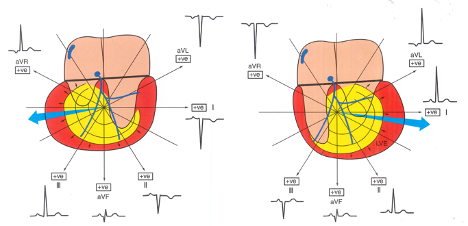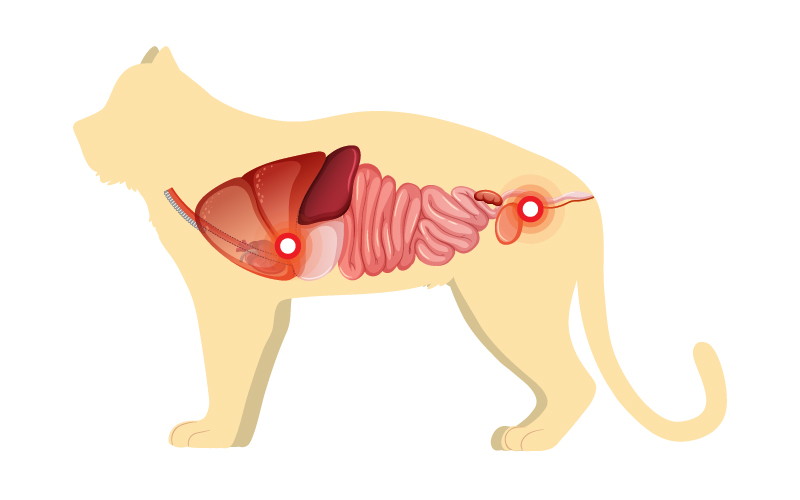
StarCare AnimalsINTRODUCTIONSome abnormalities on the electrocardiogram (ECG) may indicate structural problems in the heart or other nonstructural cardiac pathology. However, the relationship between ECG abnormalities and structural changes...

StarCare AnimalsWhen cats develop hypertrophic cardiomyopathy (HCM), their electrocardiograms (ECGs) show specific changes. Hypertrophic cardiomyopathy is a disease that manifests itself primarily as a thickening of the left ventricular...

StarCare AnimalsSpecific ECG Changes in Valvular Heart Disease:Mitral Valve Disease: Common changes include left atrial enlargement (LAE) and left ventricular enlargement (LVE), leading to increased P wave amplitude and prolonged QRS...

StarCare Animals The relationship between changes in the electrocardiogram (ECG) axis and cardiac hypertrophy in cats and dogs can be understood through the following points:ECG Axis Basics:The ECG axis refers to the general direction of...

StarCare AnimalsCats and dogs that develop urinary tract obstruction, such as urinary stones, urethral obstruction, or tumors, may cause significant systemic effects, including changes on the electrocardiogram (ECG). These changes are...

StarCare AnimalsElectrolyte imbalances may cause a variety of electrocardiogram (ECG) changes in cats and dogs, with different electrolyte abnormalities affecting the electrical activity of the heart in their own way. Below are some of the ...